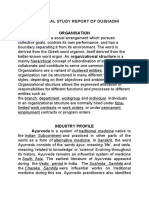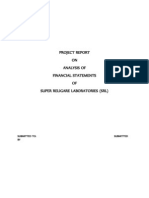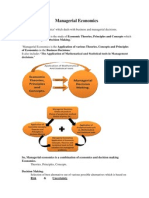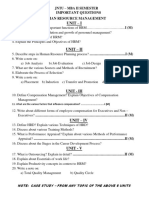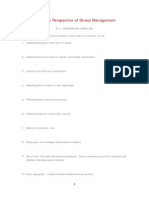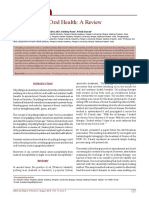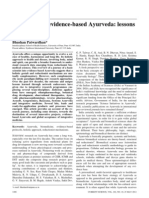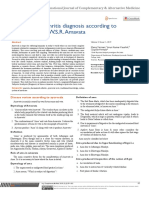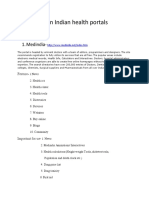100% found this document useful (2 votes)
427 views12 pagesModule 2
The document explores the intricate relationship between the body and mind, emphasizing the importance of understanding body language for effective communication and overall well-being. It introduces key Ayurvedic concepts such as Agni, Koshta, Sara, and Ojas, which are essential for enhancing immunity and health. Additionally, it discusses the principles of Dravya, Guna, and Karma, providing a holistic framework for achieving balance and harmony in life.
Uploaded by
r45522575Copyright
© © All Rights Reserved
We take content rights seriously. If you suspect this is your content, claim it here.
Available Formats
Download as DOCX, PDF, TXT or read online on Scribd
100% found this document useful (2 votes)
427 views12 pagesModule 2
The document explores the intricate relationship between the body and mind, emphasizing the importance of understanding body language for effective communication and overall well-being. It introduces key Ayurvedic concepts such as Agni, Koshta, Sara, and Ojas, which are essential for enhancing immunity and health. Additionally, it discusses the principles of Dravya, Guna, and Karma, providing a holistic framework for achieving balance and harmony in life.
Uploaded by
r45522575Copyright
© © All Rights Reserved
We take content rights seriously. If you suspect this is your content, claim it here.
Available Formats
Download as DOCX, PDF, TXT or read online on Scribd
/ 12



